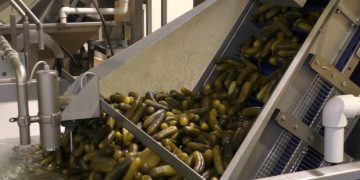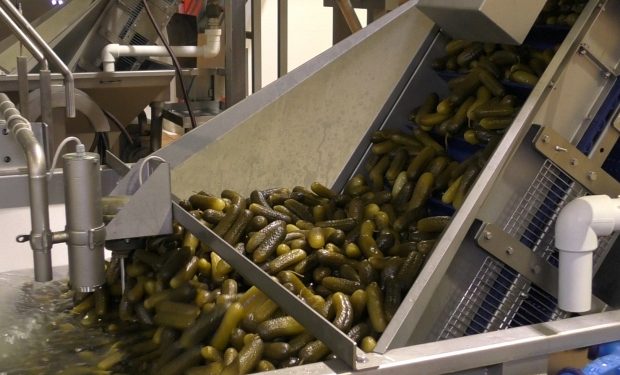Volgograd farmers continue laying vegetables for storage and processing. Our correspondent visited Volzhsky at the largest cannery in Russia, built with state support.
Canned food of the Volgograd land
In Volzhsky, a plant has been operating since the summer, built in an open field in a record time – in just two years. Investments in the project amounted to 3.5 billion rubles, including a preferential investment loan. Regional and local authorities provided assistance to the investor, since Governor Andrei Bocharov was tasked not just to grow vegetables, but also to process the bulk of products here in our region.
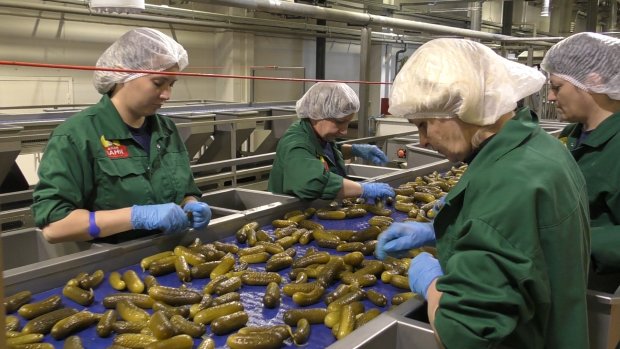
10 years ago it seemed impossible, but since 2014 the volume of fruit and vegetable processing has more than doubled – from 200 to 464 thousand tons. The plant in Volzhsky is an example of how the authorities and investors work harmoniously and effectively to achieve their goals.
This enterprise has its own acreage per 100 hectares: they grew it themselves, they produced the finished products themselves. In the four months since the launch of the plant, about 14 million cans of canned food have already been produced here. In total, over the past season, the plant processed more than 6 thousand tons of fresh vegetables of the 2022 harvest.
Within two months, it is planned to launch lines for the production of sauces, ketchup, mustard and adjika. A year later, the delicatessen production line will start operating, and the volume of processed products will increase to 15 thousand tons of vegetables per season. The production will use both farm vegetables from all over the region, and products that have undergone shock freezing.
The first on canned vegetables
Today, the company’s warehouse is ready to ship 10 million cans of canned food.
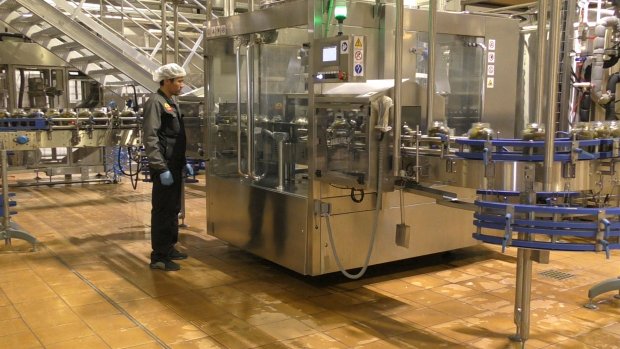
– Our Volgograd vegetables are in demand in all regions of Russia, – said the chairman of the Committee of Agriculture of the Volgograd region Marina Morozova. – Taking into account the demand, this year the farmers of the region have increased the acreage for carrots, onions, tomatoes, cucumbers, beets.
To provide the population of the Volgograd region, it is necessary to harvest a little more than 200 thousand tons of vegetables. Farmers have already removed such a volume from the fields, so this crop will be preserved.
– It is important that the storage capacity for vegetable crops has increased by 100 thousand tons – to more than 500 thousand tons, – Morozova stressed.
In total, vegetable growers of 18 districts of the region collected more than 90 thousand tons of onions, 34.6 thousand tons of tomatoes, 25.5 thousand tons of carrots, 22.7 thousand tons of cucumbers, 17.3 thousand tons of cabbage, 17.4 thousand tons of pepper, 7.2 thousand tons of beets. The farms of Gorodishchensky, Sredneakhtubinsky and Bykovsky districts account for about 70% of the vegetable harvest.
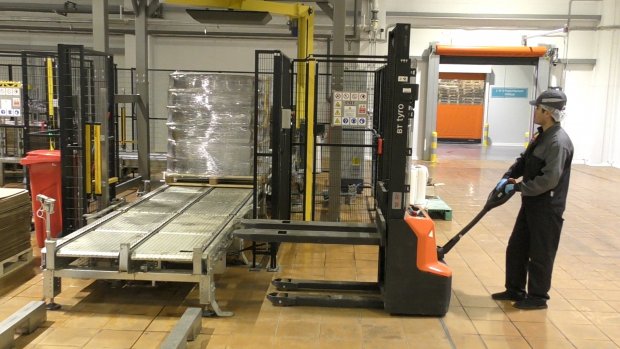
The Volgograd region occupies a leading position in the country in terms of the growth rate of the production of open-ground vegetables. As a result of the implementation of investment projects, including with state support, platforms for shock freezing, drying and preservation of vegetables have been created. In September, during a working trip, the potential of these facilities was assessed by the First Deputy Minister of Agriculture of the Russian Federation Oksana Lut.
In the Volgograd region, conditions are being created for comfortable work of investors: in general, since 2014, more than 1,150 investment projects have been implemented in the agricultural sector for a total amount of about 50 billion rubles. In 2022, the implementation of 197 projects worth 44.5 billion rubles continues.
A source: https://vpravda.ru
